Hearing aids have improved greatly with the advent of digital technology. If you’re picturing big and bulky devices with questionable sound quality, you’ll be pleased to learn today’s instruments are smaller, more comfortable and provide sound that is more natural. They are available in a variety of sizes and styles, so finding one that appeals to your lifestyle needs and cosmetic preferences should be easy. Here are the types available:
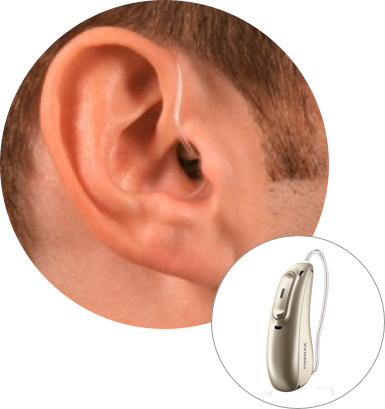
Receiver-in-the-Canal (RIC)
An RIC hearing aid consists of a tiny housing containing all electronics except the receiver, which is positioned behind the ear. A thin tube connects the housing to the receiver, which is worn in the concha (bowl-shaped portion) of the ear. It’s a small and discreet unit but powerful enough for treating mild to moderately severe hearing loss.
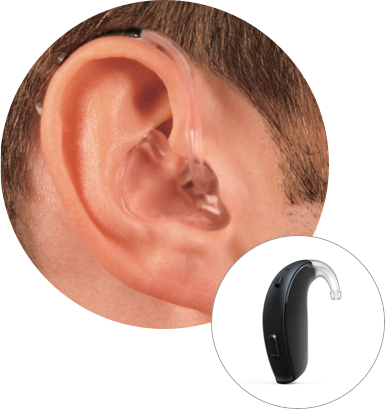
Behind-the-Ear (BTE)
The most popular style of hearing aid (about 60 percent of users choose this type), a BTE device is curved to match the contour of the ear and rests directly behind the ear. The housing, which contains all the electronics, is encased in plastic and connects to the ear canal with a thin, clear tube or ear mold. Though more visible than other styles, the BTE is simple to use, making it a popular choice for children. It’s powerful enough for all types of hearing loss.
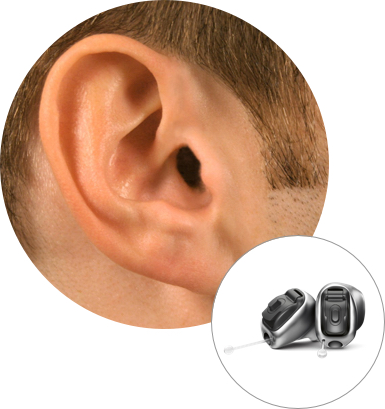
Completely-in-the-Canal (CIC)
This hearing aid is placed in the ear canal and is the smallest available. It takes advantage of the ear’s natural ability to collect sound, and its discreet size makes the device virtually invisible to others. The trade-off is a shorter battery life, and it may prove difficult to adjust for those with poor manual dexterity. This is a good choice for mild to moderate hearing loss.
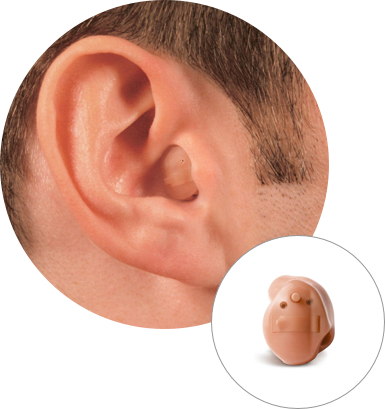
In-the-Canal (ITC)
This style is also designed to fit in the ear canal, but not as deeply as a CIC device, resting securely in the lower portion instead. It’s a little larger, making it easier to insert and remove and extending the battery life. Best for patients with mild to moderate hearing loss.
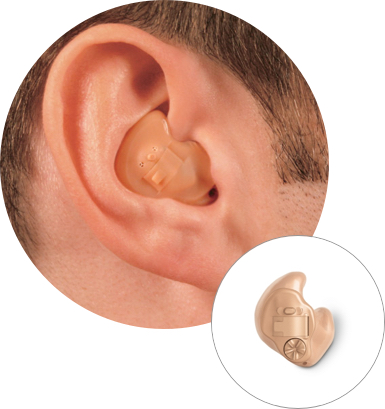
In-the-Ear (ITE)
This hearing aid is designed to fill the outer portion of the ear, and is larger than those worn in the ear canals. It is less discreet, but the size allows for more features and makes the unit easier to adjust. A bigger battery translates to longer life and means those with severe or profound hearing loss can benefit from this style.
Hearing Aid Technologies
Hearing aid technology has improved drastically over the past couple of decades. Early devices relied on vacuum tubes and bulky batteries, but today’s instruments take advantage of digital signal processing, microchips and computerization. Keeping track of the latest technological features can be challenging, but we’ll cover a few of the more popular options here.
Some of the breakthroughs in hearing aid technology include the following:
- Gain processing, which reduces background and microphone noise for a clearer sound.
- Digital feedback reduction with built-in cancellation, which reduces or eliminates squelching and feedback.
- Digital noise reduction, which reduces background noises for better, more reliable speech recognition.
- Directional microphones, which provide better directionality by having one microphone focus on the sound source while the other decreases background noise.
- Automatic programming, which utilizes preset programs that automatically adapt to a range of different sound environments.
Digital Programming
For decades, hearing aids were strictly analog. But the digital revolution has taken over many areas formerly devoted to analog technology, and hearing aids are no exception. Digital programming works by converting sound waves into digital signals using digitized sound processing. A built-in computer chip determines whether the signal is speech or noise and converts it into a clear, amplified signal. Digital programming offers many benefits including improved speech quality, advanced programming options, a better fit, and a multitude of features that work to improve and enhance functionality of the hearing aids.
Bluetooth
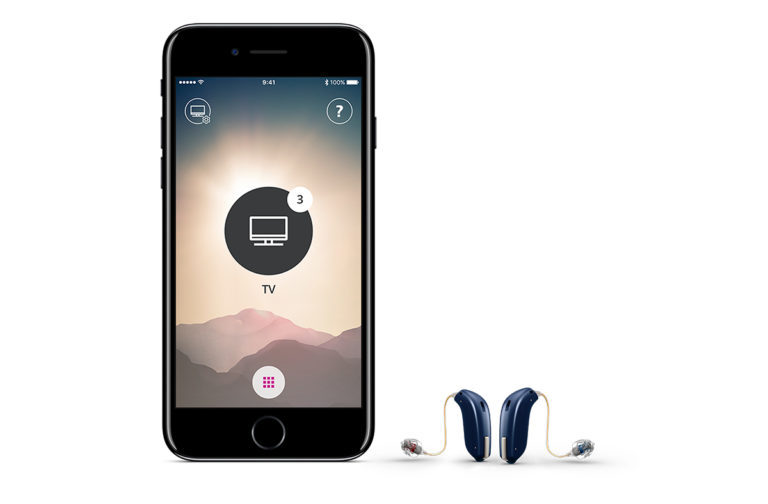
This wireless communication platform is prevalent and used in a wide range of electronic devices, including computers, smartphones, and MP3 players, to exchange data. Bluetooth™ allows devices to communicate with one another. Bluetooth-enabled hearing aids let users stream signals from these and other electronic devices directly to their aids, improving their versatility and convenience. You can make phone calls, listen to music and watch television through your hearing aids, without disturbing other people around you.
Rechargeable Technology
One of the latest, and most welcome, breakthroughs in hearing aid technology is rechargeable batteries. Most of the major hearing aid manufacturers now offer rechargeable options or the ability to convert existing hearing aids into rechargeable ones, freeing users from the hassle of disposable batteries. Not only is this great for the environment; it saves you money in the long run. By utilizing lithium-ion batteries, you can get up to 24 hours of performance with a single charge, allowing you to wear your hearing aids all day long and not have to worry about having them run out of power during an especially inopportune moment. Many include disposable battery backups for an added measure of security.
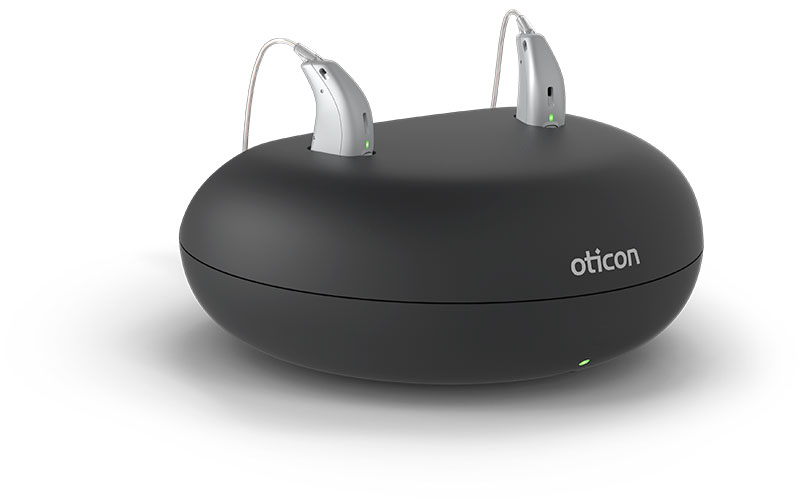
Which Is Right for Me?
With all these advances in hearing aid technology, devices are better at providing clear sound than ever before. While the choices may seem overwhelming, working closely with your audiologist at Medical Hearing Clinic can help you figure out which technology and features are perfect for your needs.
Choosing a Hearing Aid
If you are experiencing hearing loss, odds are good that you’ll benefit from a hearing aid. But choosing the right one is no simple task. Today’s hearing aids are smaller and more feature-packed than their predecessors, offering an array of options.
Narrowing the choices down can be tough, but there are a few important things you should take into consideration before choosing a hearing aid.
What Are Your Hearing Needs?
First, you’ll need to have an audiologist assess your hearing loss. Severity is measured in degrees, based upon your hearing loss range in decibels. It ranges from normal (-10 to 15 dB) to profound (91+ dB), with a total of seven different degrees.
Equally important is the frequency of your hearing loss. Conductive hearing loss resulting from damage to the outer or middle ear affects low frequency sounds, while sensorineural hearing loss, in which damage occurs to the inner ear, results in a loss of high frequency sounds.
You’ll need to choose a hearing aid that targets the frequencies you have trouble comprehending.
What Are Your Lifestyle Needs?
Functionality is an important consideration. With so many available features, you’ll need to decide which ones matter most to you. Popular features include:
- Directional microphones.
- Feedback suppression.
- Amplifiers.
- Digital noise reduction.
- Wax guards.
- Automatic volume control.
- Bluetooth® connectivity.
Extra features are also available. Speak with your audiologist about the pros and cons of these features.
You’ll also have to take into account your lifestyle needs. Whether you enjoy quiet, intimate gatherings with a few close friends or an active outdoors lifestyle that includes a lot of background noise, there is a hearing aid designed specifically for your activity level.
What Is Your Cosmetic Preference?
Cosmetic preference is a key factor in choosing a hearing aid. Since you’ll be wearing it every day, it’s got to not only feel good but appeal to your confidence.
Hearing aids are available in a variety of sizes and styles, some visible while others are implanted deep within the ear canal, rendering them virtually undetectable. Many are custom-molded to fit each individual’s ears.
What Is Your Budget?
Finally, there is cost. Price will be a factor, but be sure to consider your specific hearing needs when making this decision.
Investing in an inexpensive hearing aid that is ineffective is a waste of money; conversely, you don’t want to overspend on features that won’t benefit you. Your audiologist can offer suggestions that will point you in the right direction.
Call Medical Hearing Clinic at (801) 399-5014 for more information or to schedule an appointment.
